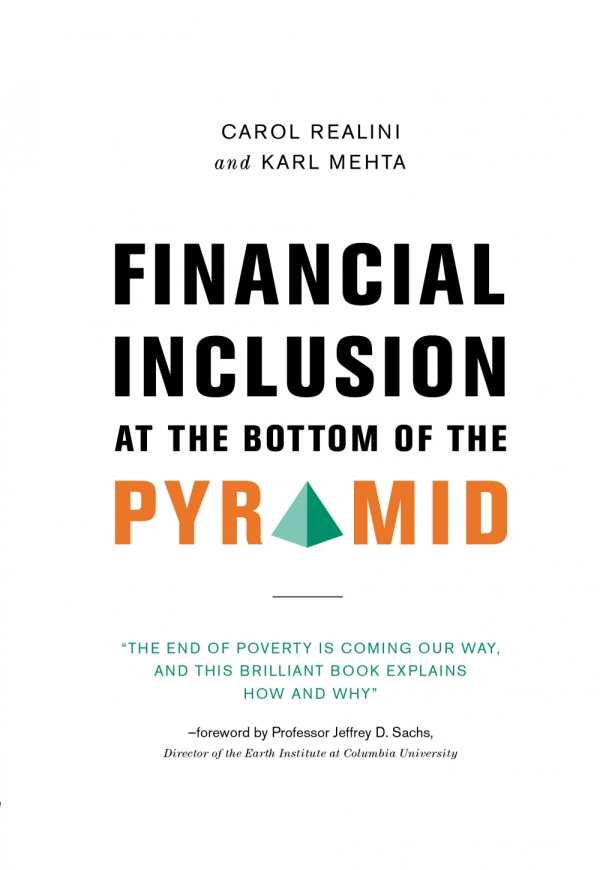Financial Inclusion at the Bottom of the Pyramid
Realini and Mehta have written a well-researched and engaging go-to guide to modern financial service practices.
With the economy in a slump and high rates of personal debt, Financial Inclusion at the Bottom of the Pyramid comes along at just the right time. Successful entrepreneurs and financial experts Carol Realini and Karl Mehta explain today’s banking environment in easy terms, guiding and informing those who are financially adrift. The authors examine the financial world and today’s banking and business practices, and also offer notes on how to improve one’s financial future.
Realini and Mehta use the term “financial nomads” throughout the book to describe people who have no plan for their financial future. While the notion of paycheck-to-paycheck existence is familiar, Realini and Mehta reveal that the bulk of the world lives like this. As shocking as it sounds, people are reduced to financial nomadism due to the inaccessibility of banking services; for example, the Bank of Punjab’s customer bank account agreement is so vague that many Indians are steered away from utilizing financial services at all.
Financial nomads often exist in the West, too. According to Realini and Mehta, people in the United States do not have sufficient access to reasonable loans. Payday loan depots charge extremely high interest rates, often as high as 782 percent APR. These whopping rates not only cripple people’s ability to access money, but they also discourage people from building any sort of financial future or seeking out long-term relationships with lenders.
What gives Financial Inclusion its special cache is the amount of homework the writers have done. The book examines global banking practices that could provide models for future financial solutions, analyzing both traditional and more current technology-based systems. The authors note how the hawala system—an unregulated, paperless, international financing network that allows for anonymous cash-based loans—has given access to better personal financing to people in Africa, the Middle East, and the Indian subcontinent. But they also point to better computerized banking systems and liberalized financial practices, pointing specifically to the Philippines, the first country to use Smart Money (an electronic wallet) as a credible transaction method to help citizens gain financial freedom, while the mobile companies that pioneered it gained success as well.
The statistics and information found in Financial Inclusion at the Bottom of the Pyramid are positive, useful, and backed by research. This book provides a beam of light that can illuminate a path to a better financial situation.
Reviewed by
James Burt
Disclosure: This article is not an endorsement, but a review. The publisher of this book provided free copies of the book and paid a small fee to have their book reviewed by a professional reviewer. Foreword Reviews and Clarion Reviews make no guarantee that the publisher will receive a positive review. Foreword Magazine, Inc. is disclosing this in accordance with the Federal Trade Commission’s 16 CFR, Part 255.

